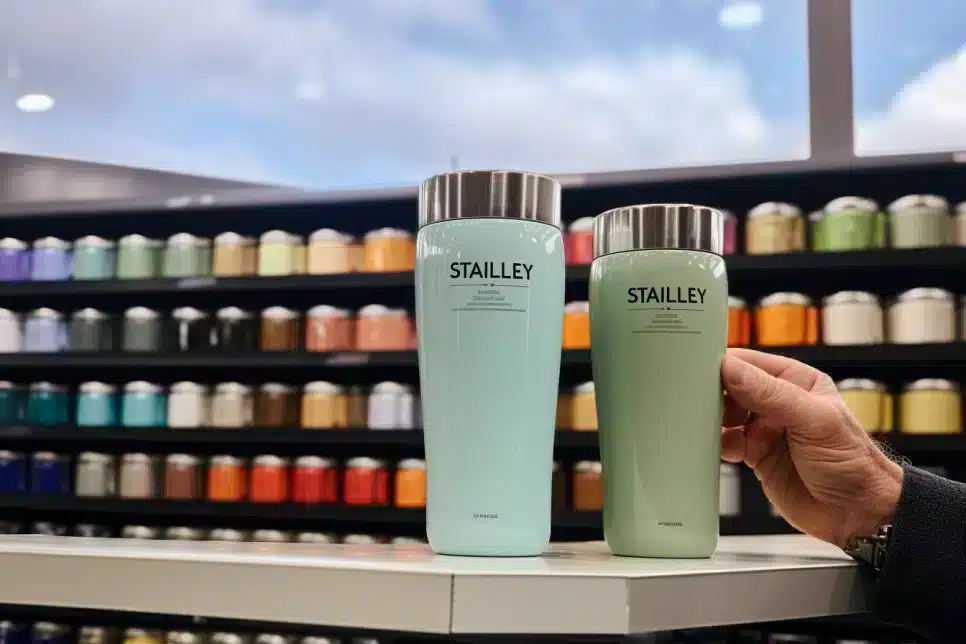The recent buzz around Stanley cups, once coveted on social media for their size and style, has taken a concerning turn as videos circulate on platforms like TikTok showing lead testing kits reacting to these and other travel tumblers. It turns out that some travel cups, including the sought-after Stanley brand, contain lead sealed within their bases as part of their vacuum insulation. This revelation, confirmed by Pacific Market International, the maker of Stanley cups, has sparked widespread concern. The company assures that the lead is encased under a layer of stainless steel, making it inaccessible and thus posing no risk to users.
“Our manufacturing process…includes some lead,” stated a spokesperson for Stanley, emphasizing that the lead-containing area is securely covered, safeguarding consumers from exposure. Despite these assurances, the public remains apprehensive, given lead’s notorious health risks, such as kidney issues, developmental delays, and more, as outlined by the CDC. The ubiquity of Stanley tumblers, embraced by diverse demographics from beauty bloggers to schoolchildren, has amplified these concerns.
Jane Houlihan from Healthy Babies Bright Futures highlighted the conditional safety of these cups, which are dependent on their intact state. If the cup’s base is compromised, the potential for lead exposure raises significant safety questions. While Stanley offers replacements under its lifetime warranty for any defective cups, the issue extends beyond just one brand. Various children’s cups sold on Amazon have been recalled due to lead content exceeding federal standards, underscoring a broader problem within the industry.
The use of lead in manufacturing, particularly in soldering, is an age-old practice now under scrutiny. Alternatives are being explored, but any lead in consumer products, especially those used for drinking, remains contentious. The CPSC and organizations like the Environmental Working Group advocate for lead-free manufacturing practices, emphasizing that no level of lead exposure is safe, particularly for children.
As the debate around lead in drinkware continues, consumers are urged to stay informed and report any safety concerns. The importance of testing children for lead exposure is also underscored, considering its cumulative effects and the higher vulnerability of the young. This situation serves as a reminder of the evolving understanding of product safety and the need for vigilance in protecting public health.




